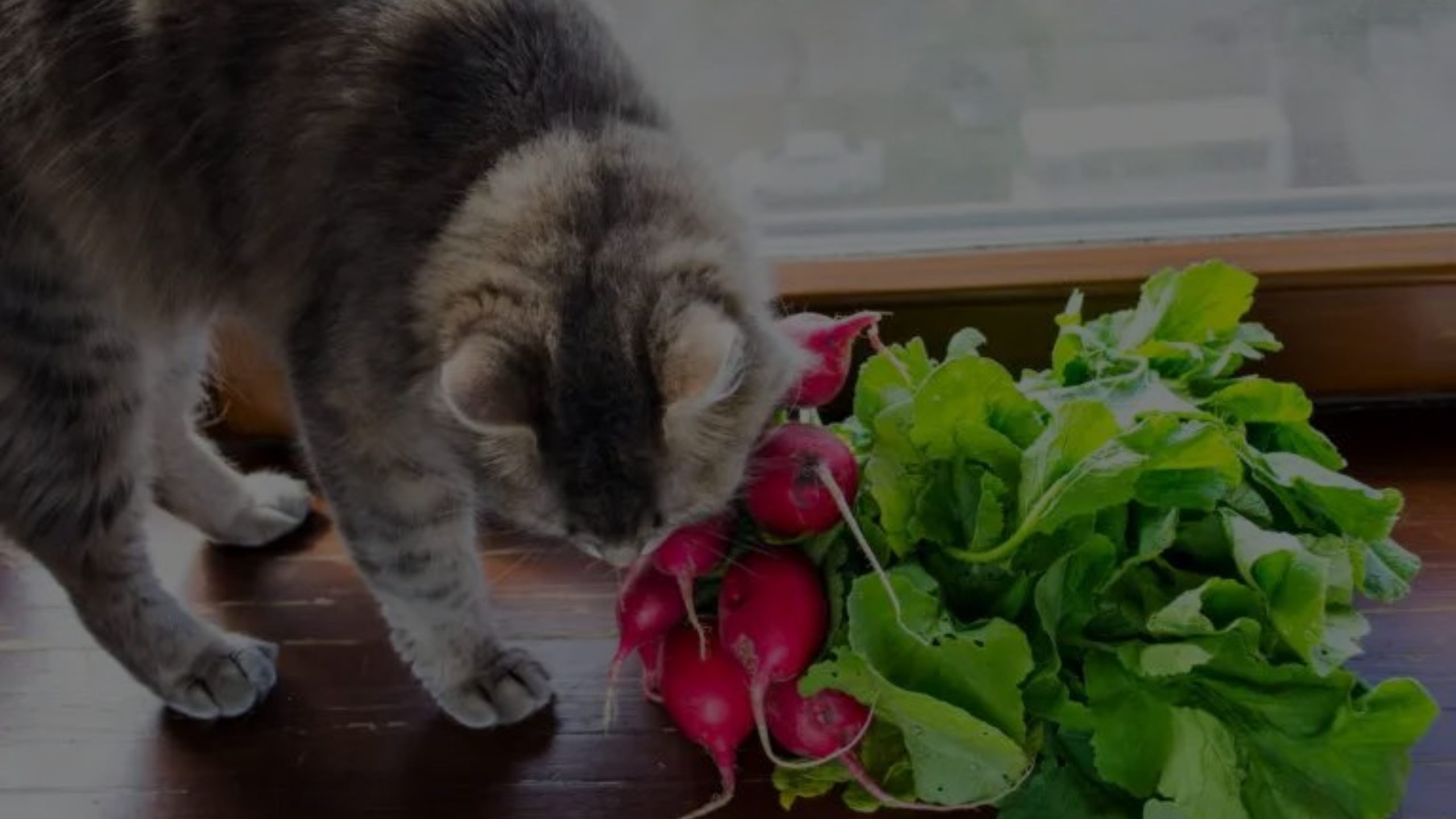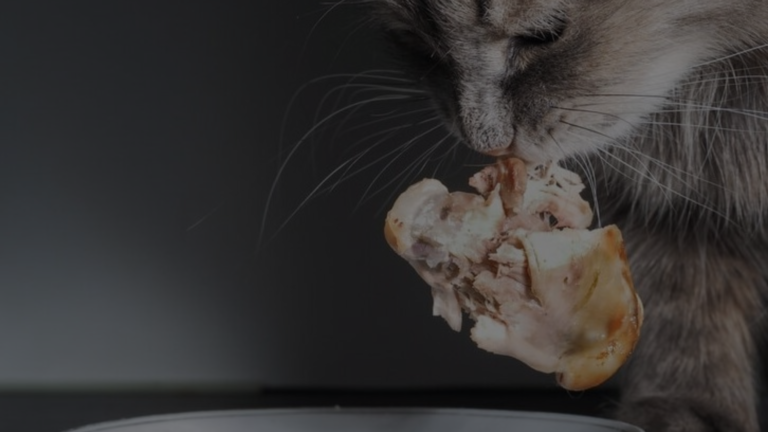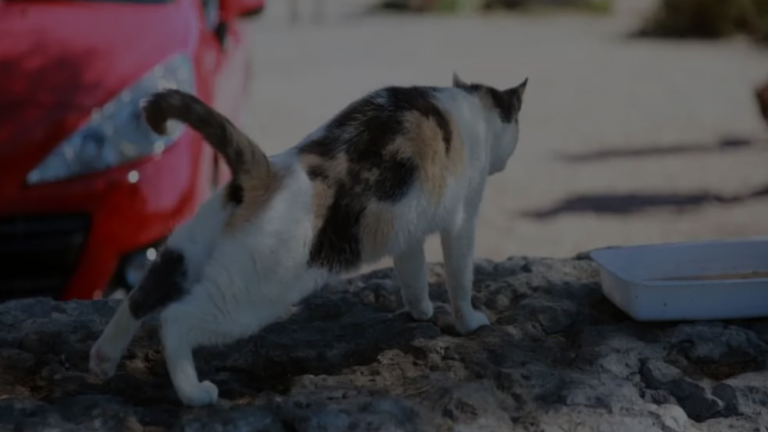You’ve caught your cat sniffing around the vegetable drawer, spotting that plump red radish with an uncharacteristic spark. The Internet whispers conflicting stories: Are radishes a cat-itch cure or a digestive wreck?
Fear not, curious cat owners! As information circulates, clarification is needed. This article examines the confusing and sometimes contradictory advice in the world of cats and rodents. We’ll separate the hard facts from the leafy myths, exploring the safety, potential benefits, and hidden dangers of introducing this spicy root into your friend’s life.
Whether radishes are a pleasant diversion or a diet for your purring pal, let’s tackle this culinary conundrum together. Get ready to discover the truth about cats and ferrets, armed with the knowledge to make informed decisions for the well-being of your furry friend.
So, join cat experts and radish lovers, as we embark on a journey through the often murky waters of the cat’s stomach!
Can Cats Eat Radishes?
First and foremost, let’s address the elephant in the room: radishes are not toxic to cats. Unlike some other common household items, these spicy roots don’t harbor any hidden compounds that could harm your feline friend. So, you can breathe a sigh of relief if your cat sneakily snagged a radish slice or two.

But hold on, the story doesn’t end there! While not poisonous, radishes aren’t exactly culinary catnip either. They’re quite low in calories, making them a snack option on the lighter side. Plus, they boast a smattering of vitamins and minerals, like vitamin C and potassium, potentially adding a sprinkle of nutritional benefit to your cat’s diet.
The Practical Concerns
Now, let’s shift gears and address the practical concerns lurking beneath the crunchy surface. While radishes themselves aren’t toxic, they can throw a wrench in your cat’s digestive gears. Remember, feline digestive systems are finely tuned for meat-based diets, and the high fiber content of radishes can be a bit of a shock to the system. Gastrointestinal upset, including tummy grumbles, gas, and maybe even some unpleasantness in the litter box, are all within the realm of possibility.
And if your feline friend is one for adventurous chomping, there’s another potential pitfall: choking hazards. Whole radishes, especially for smaller cats, pose a genuine risk. Imagine a miniature ping-pong ball stuck in your cat’s throat – not a scene anyone wants to imagine. So, if you’re considering sharing the radish love, always chop it into bite-sized pieces suitable for your cat’s munching prowess.
Finally, a word on intestinal blockages. While rare, consuming large chunks of radish could lead to this unpleasant outcome. Just like you wouldn’t let your cat swallow a whole apple, remember that moderation is key with radishes too.
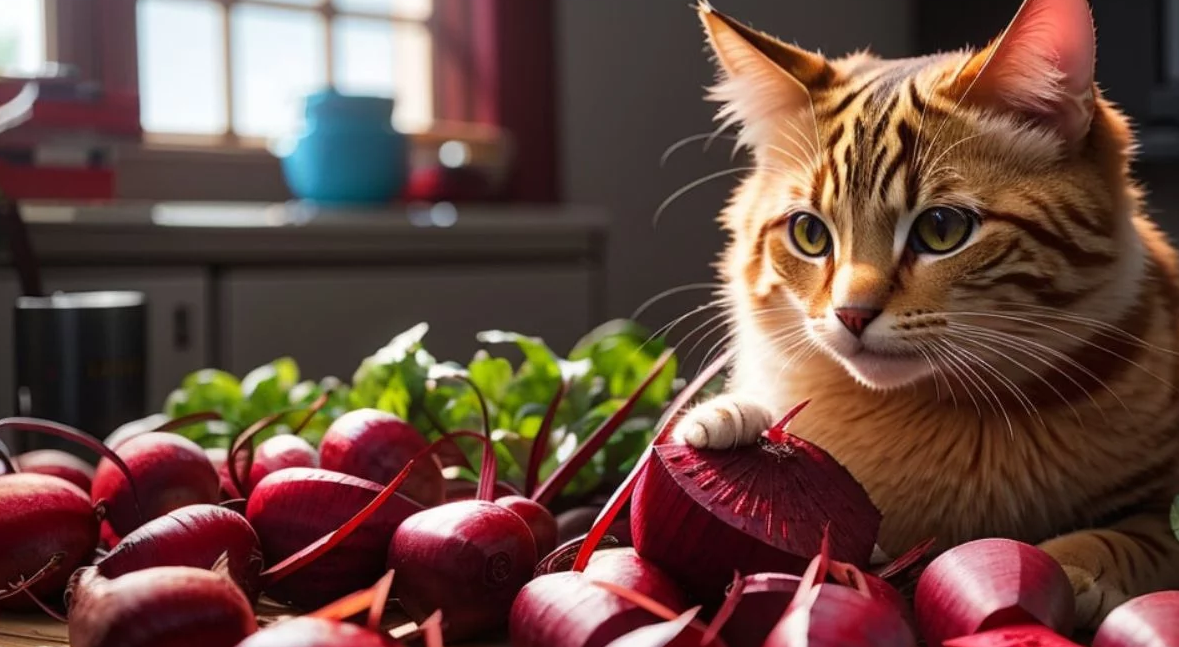
Let’s reiterate the crucial point: while not poisonous, radishes are best reserved for occasional treat territory, not a regular part of your cat’s diet. Their high fiber content and unfamiliar nature can upset sensitive feline stomachs, so think of them as a fun little “dietary detour” rather than a staple dish.
Why Would a Cat Eat a Radish?
The sight of your cat batting at a plump radish can be equal parts amusing and perplexing. Why on earth would this creature of obligate carnivores even glance at a fiery root vegetable? Let’s unravel the mystery, but first, a crucial reminder: cat owners should never intentionally try to feed their felines radishes. While not toxic, they can cause digestive discomfort. Now, on to the feline detectives!
The Curious Case of the Crunchy Capers: Cats are, let’s face it, inherently curious creatures. Anything new and intriguing in their domain deserves a thorough investigation, be it a bouncing ball or a blushing radish. The raunchy crunch of the vegetable could pique their playful instincts, turning it into a fascinating, albeit unusual, toy.
The Spice of Life – Feline Style: Contrary to popular belief, not all cats are spice-averse. Some felines may find the mild peppery kick of radishes surprisingly pleasing. This unexpected flavor twist could be just the adventure their taste buds were thirsting for, making the radish a tempting diversion from their usual kibble routine.
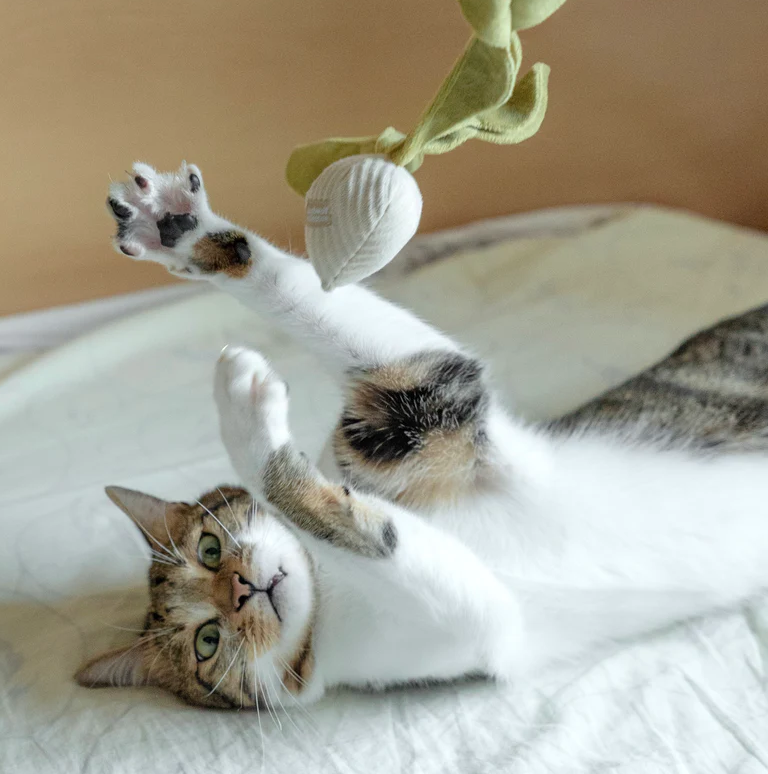
The Call of the Wild (or the Fridge): While cats are obligate carnivores, their bodies still require a spectrum of vitamins and minerals. If a nutritional deficiency arises, they may instinctively seek out alternative sources to fill the gap. This sometimes leads to them exploring odd culinary avenues, including the humble radish.
Guidelines for Offering Radishes to Cats (if at all)
Moderation is Key
While the sight of your cat investigating a radish can be amusing, remember it’s not a culinary playground for furry friends. Though not toxic, these spicy roots can lead to tummy troubles for your feline companion. So, before your cat joins the radish revolution, let’s tread carefully:
Micro Munchies: If you absolutely must share a radish experience, offer only pea-sized pieces, once in a blue moon. Think of it as a tiny teaser, not a full-blown snack. Chopping it into such small bits drastically reduces the choking hazard and minimizes the potential for digestive upset.
Kibble, Not Crunch: Remember, radishes are not a natural part of a cat’s diet. Their high fiber content and unfamiliar nature can wreak havoc on their sensitive digestive systems. Stick to their vet-approved kibble and occasional wet food as the foundation of their meals.

Spice Sleuths: If your cat seems inexplicably drawn to radishes, it could be a sign of a nutritional deficiency. Consult your veterinarian to rule out any underlying health concerns and find appropriate dietary adjustments. Remember, radishes are not the answer!
Alternative Adventures: If your cat craves some crunchy excitement, opt for cat-safe treats or crunchy, commercially available cat toys. These provide stimulation and fun without risking their digestive well-being.
Preparation Matters
Alright, we’ve established that radishes should be an occasional novelty, not a feline feast. But if your cat’s radish radar remains stubbornly on, let’s navigate this crunchy conundrum with caution:
- Sliver Surprises: Ditch the pea-sized chunks and opt for thin radish strips or grated bits. This minimizes choking hazards and provides more manageable munchies for your furry friend. Think “hair-thin spaghetti” rather than chunky batons.
- Leafy Detours: Remember, cats have notoriously finicky palates. The green leaves and stems of radishes can be bitter and potentially irritating to their digestive systems. So, before serving any radish morsels, give them a thorough trim, leaving only the juicy, red inner flesh.
- Hydration Harmony: After even a micro radish encounter, ensure your cat has ample access to fresh water. Proper hydration helps counteract any potential digestive discomfort caused by the unfamiliar fiber.
- Veterinary Vox Populi: Remember, even with safety precautions, radishes remain an occasional, vet-approved treat. If your cat experiences any adverse reactions like vomiting, diarrhea, or unusual lethargy after their radish nibble, consult your veterinarian immediately. Their expert guidance is crucial for ensuring your feline friend’s well-being.
Monitor Your Cat
Remember, even with all the precautions, radishes can still throw your cat’s delicate tummy for a loop. So, after your feline’s micro radish adventure, keep a watchful eye out for any tummy tells:

- The Barfy Blues: If your cat starts feeling the green bile rising, it’s a clear sign the radish wasn’t a good fit.
- The Rumbling Rumpus: Excessive gas or diarrhea are other indicators that their digestive system isn’t thrilled with the new crunchy experience.
- The Appetite Abyss: If your usually food-obsessed furry friend suddenly loses interest in kibble, it could be a sign of radish-induced tummy trouble.
Alternative Crunchy Treats for Cats
When it comes to satisfying your cat’s craving for the crunch, let’s leave radishes on the sidelines and explore tastier, safer options:
Feline-Friendly Crunch Time
Ditch the leafy risks and opt for cat-specific crunchy treats, often designed for dental health. Think bite-sized kibble nuggets or freeze-dried morsels that offer satisfying munchies without the digestive dilemmas.
Rawlicious Delights
Unleash the inner carnivore with freeze-dried raw meat or fish. These treats pack a protein punch and the satisfying crunch cats crave, all while mimicking their natural diet. Remember, portions should be tiny, and consult your vet if you’re unsure about introducing raw foods.
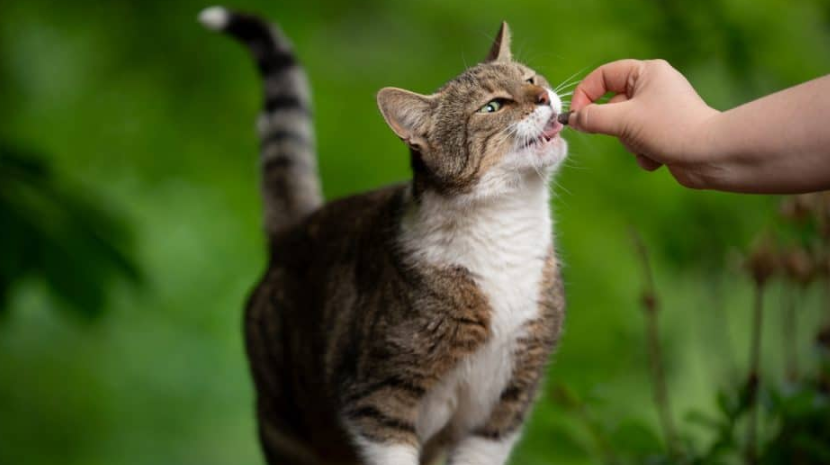
Home-cooked Delights (with Caution)
If you’re a culinary whiz, consider offering small pieces of cooked, unseasoned chicken or turkey. Remember, moderation is key, and stick to plain, protein-rich options without the bells and whistles of spices or seasonings.
The Power of Purrfect Balance
While crunchy treats can be fun, remember, that the foundation of a healthy feline diet is high-quality, commercially formulated cat food. These complete meals offer the proper balance of nutrients your cat needs to thrive, from protein and healthy fats to essential vitamins and minerals. Stick to vet-approved brands and resist the urge to replace meals with treats, no matter how tempting the crunch.
Conclusion
The truth about cats and radishes is a curious case. While these spicy roots aren’t toxic, they’re best left as fleeting adventures, not culinary cornerstones for our feline friends. Remember, their delicate digestive systems thrive on the balanced goodness of vet-approved cat food, not the unpredictable crunch of radishes.
So, if your cat throws you a sideways glance at the radish drawer, resist the urge to turn them into spicy pioneers. Opt for safer, cat-specific crunchy treats, and keep their meals rooted in high-quality food. And if any tummy tales pop up after a radish encounter, don’t hesitate to consult your veterinarian – they’re the ultimate culinary navigators for your furry friend.
Responsible cat ownership is all about understanding their needs and making healthy choices for their well-being. So, let’s focus on filling their bowls with purr-fect meals and their lives with playful adventures, leaving the radishes on the sidelines for good. Because, after all, their happiness is the sweetest reward of all!
Did you know that cats have taste buds designed for meat, not veggies? They have only around 470 taste buds, compared to humans with over 9,000! This means their taste buds are mostly focused on detecting savory and salty flavors, perfect for their carnivorous diet. So, while your cat might sniff a carrot with curiosity, they’ll probably be left uninspired by its blandness compared to the juicy scent of a tuna steak! Now, that’s a fun fact with some evolutionary flavor!
Resources & References
Recommended Articles
For insights on feline dietary habits, check out our articles:
Can Cats Have Radishes (Video)
For a more visual guide on cat-friendly foods, check out this informative YouTube video.
FAQs – Can Cats Have Radishes
Can cats eat radishes?
Small amounts of radishes are safe for cats to eat, but they should not be a major part of their diet.
Why is radish good for cats?
Radishes are a good source of vitamins and minerals, such as vitamin C and potassium, which are beneficial for cats.
Can cats eat radish leaves?
Yes, cats can eat radish leaves. They are just as nutritious as the radish itself.
How much radish can a cat eat?
A cat can eat a small amount of radish, such as a few slices, once or twice a week.
How to prepare radishes for cats?
To prepare radish for cats, wash it thoroughly and cut it into small pieces. You can also steam or puree the radish to make it easier for your cat to eat.
What are the side effects of feeding radish to cats?
If you feed your cat too much radish, it may experience digestive problems such as diarrhea or vomiting.

